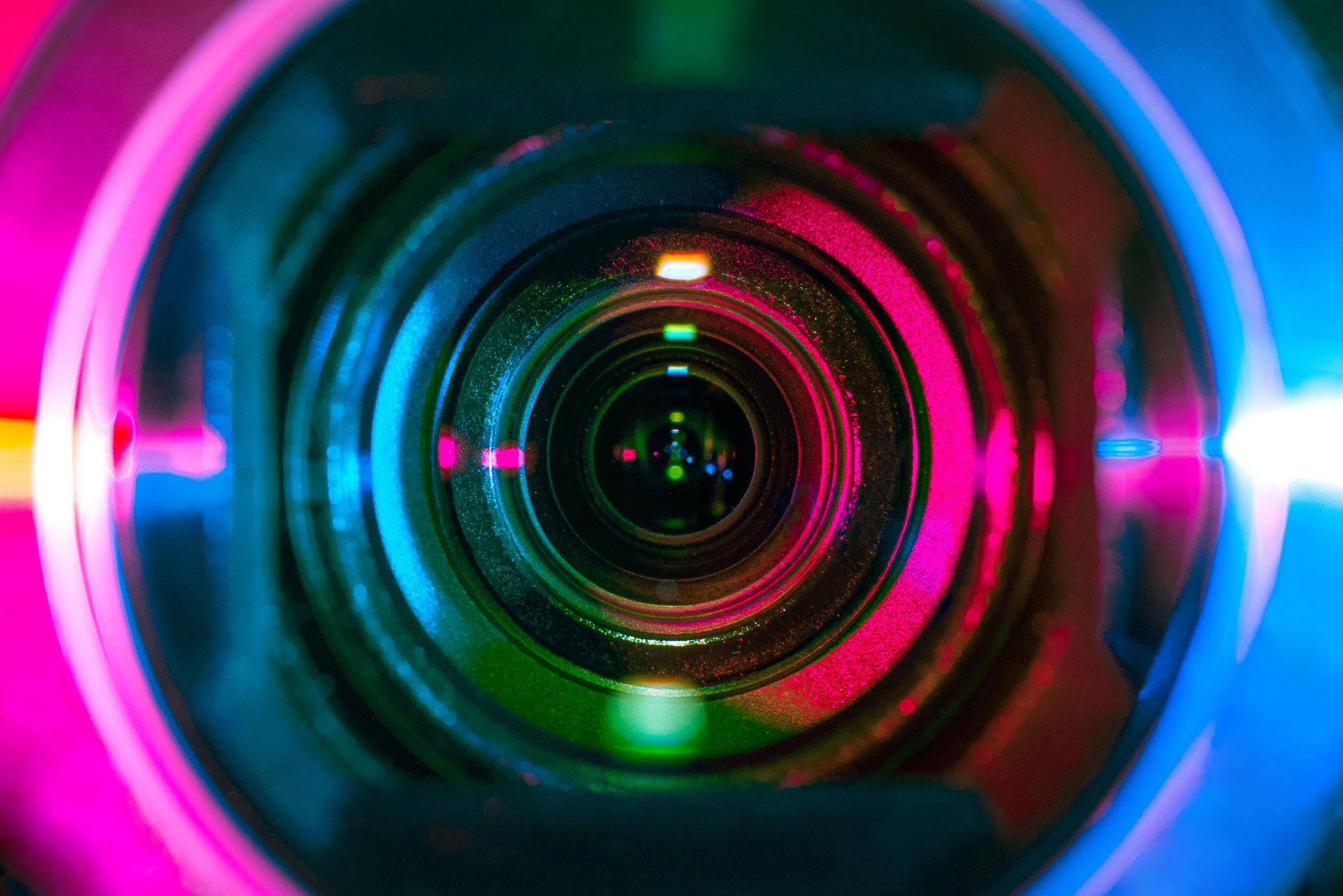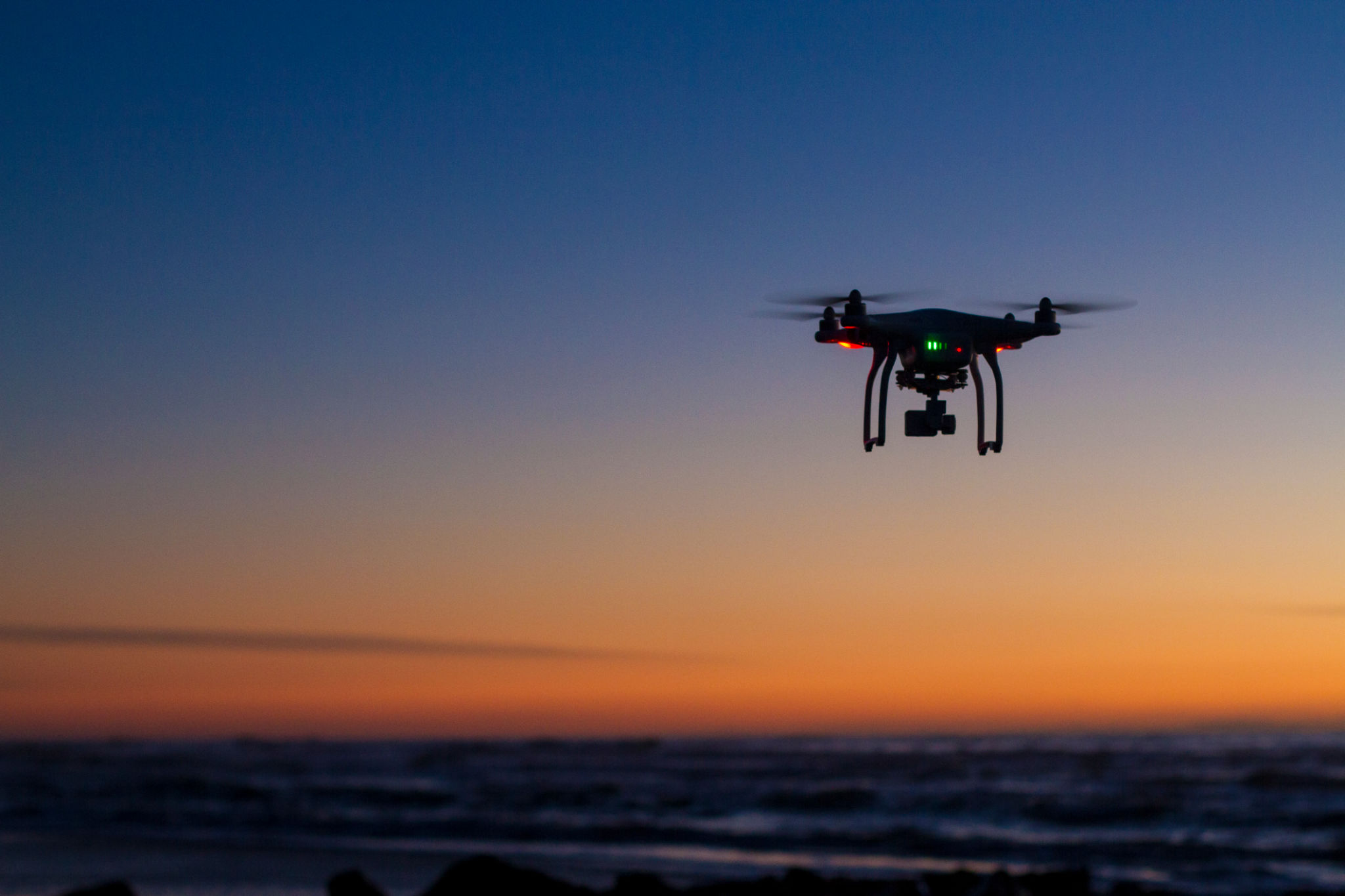The Future of Photography: Trends and Innovations to Watch
The Rise of Computational Photography
In recent years, computational photography has emerged as a game-changer in the world of photography. By utilizing advanced algorithms and machine learning, cameras are now capable of producing more detailed and nuanced images than ever before. This technology allows for features like HDR, panorama stitching, and low-light enhancements to be seamlessly integrated into our devices.
With smartphones becoming the primary cameras for many, computational photography ensures that even casual photographers can capture stunning images without the need for bulky equipment. As this trend continues, we can expect even more innovative features to be introduced, making photography accessible and exciting for everyone.

Artificial Intelligence Enhancements
Artificial Intelligence (AI) is transforming how photographers work by automating mundane tasks and offering new creative possibilities. AI-powered editing tools can now suggest edits, retouch images, and even replace backgrounds with remarkable accuracy. These tools are not only saving time but are also enhancing the quality of images produced.
Beyond editing, AI is also being used in selecting the best shots from a series, organizing photo collections, and even generating new imagery from scratch. As AI technology evolves, it will continue to push the boundaries of what's possible in photography.
AI in Camera Technology
Camera manufacturers are integrating AI directly into their devices, allowing for real-time enhancements and adjustments. From optimizing exposure to recognizing scenes and subjects, AI is enabling cameras to make smart decisions on the fly. This not only improves image quality but also enhances user experience by simplifying the photography process.

The Advent of 360-Degree Photography
360-degree photography is gaining traction as consumers seek more immersive experiences. This technology allows users to capture a full sphere of view, providing a unique perspective that traditional photography cannot offer. Whether for virtual tours, interactive media, or simply capturing a moment in its entirety, 360-degree photography is becoming increasingly popular.
With advancements in VR and AR, 360-degree images are finding new applications beyond simple viewing. They are being used in education, real estate, and tourism to create engaging and informative content. As equipment becomes more affordable and user-friendly, 360-degree photography is set to become a staple in the industry.

The Growing Role of Drones
Drones have revolutionized aerial photography by making it more accessible to enthusiasts and professionals alike. These flying cameras provide unique vantage points and perspectives that were once only possible with helicopters or cranes. As drone technology improves, we can expect enhanced stability, longer flight times, and better image quality.
Beyond traditional photography, drones are being used for mapping, surveying, and even cinematic productions. Their versatility makes them an invaluable tool in various sectors. The future will likely see drones becoming even more integrated into our photographic practices.

Sustainable Photography Practices
As awareness of environmental issues grows, the photography industry is also moving towards more sustainable practices. This includes the use of eco-friendly materials in camera production, reducing electronic waste, and promoting responsible tourism when capturing images in natural environments.
Photographers are increasingly considering their environmental footprint, seeking ways to minimize impact while still pursuing their craft. This trend towards sustainability is not only responsible but also reflects a broader shift towards eco-consciousness in society.
The Role of Social Media
Social media continues to play a significant role in shaping trends and innovations in photography. Platforms like Instagram and TikTok influence how photographers capture and share their work. The demand for visually striking content has led to the rise of new styles and techniques tailored for social media consumption.
As these platforms evolve, they will likely introduce new tools and features that further influence photographic practices. Staying current with these changes will be essential for photographers looking to maintain relevance in this dynamic landscape.

